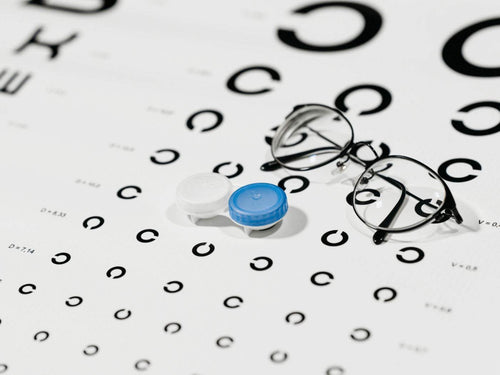Setting up your room for virtual reality is more important than many people realize. A well-thought-out VR space ensures safety and enhances your overall experience. Whether you are gaming, exploring virtual environments, or using VR for work or fitness, having a proper room setup is essential.
1. Choose The Right Space For Your VR Setup

For most VR systems, you need enough room to move freely without bumping into things. The exact dimensions depend on your specific VR headset, but a general rule is to have a clear area of about 2 meters by 2 meters (or 6.5 feet by 6.5 feet) for room-scale VR.
Some headsets, such as the HTC Vive or Oculus Rift, work best with more room, while others, like the PlayStation VR, need less space. The most important thing is to make sure you have enough room to move around comfortably without hitting objects or tripping over things.
Consider Ceiling Height
Most VR systems don’t require a high ceiling, but you still need to consider the height if you're taller or plan on doing physical games. Some games may require you to reach or jump, so ensure that light fixtures or ceiling fans won’t get in the way.
2. Consider The Flooring

The type of flooring in your VR space can affect your gameplay. Carpet is usually the safest option because it provides grip and cushioning. If your room has hard flooring like wood, tile, or marble, consider adding foam mats or interlocking tiles to soften the surface. This also helps reduce noise and protects your knees if you need to crouch or kneel during gameplay.
Additionally, having some form of tactile difference on the floor, like a small rug or mat, can help you orient yourself while playing. When you're deeply involved in a VR experience, it can be easy to lose track of where you are in the physical room. A tactile difference under your feet can remind you where your boundaries are.
3. Clear The Space Of Obstacles
Once you've chosen your room, it’s essential to clear it of any obstacles. Tripping over furniture or accidentally hitting a table can not only ruin the experience but can also damage your equipment. You want to avoid any accidents that might occur while you're deep in your virtual world. Move chairs, tables, and any fragile items like lamps out of the way.
Also, pay attention to hanging objects like ceiling fans, chandeliers, or low-hanging lights. If you can’t move them, consider taping off an area where you should avoid interacting with the virtual world.
Avoid Reflective Surfaces
Mirrors, windows, or any other reflective surfaces can interfere with your VR system’s sensors. If you can’t remove them, cover them up with heavy curtains or drapes to prevent them from reflecting light into your sensors and causing tracking issues.
4. Manage Your Cables

VR headsets often come with long cables that connect to your PC or console. While these cables provide the necessary data and power for the headset, they can be a trip hazard if not managed properly. Use cable management solutions such as clips, sleeves, or hooks to keep them off the floor and out of your way.
If you have the space, consider running the cables along the ceiling. Some players use pulley systems to suspend the cables overhead, preventing them from dragging on the floor or tangling underfoot.
5. Avoid Direct Sunlight
Natural light, especially from windows, can interfere with your VR system's tracking capabilities. Direct sunlight on your sensors or headset can cause tracking issues, and in some cases, damage the equipment. If your VR room has windows, use heavy curtains or blackout shades to control the light. This will also reduce glare and improve immersion.
6. Keep The Space Organized
A clutter-free space is essential for a good VR experience. Use shelves or storage bins to keep your VR accessories, like controllers and headsets, neatly stored when not in use. This also helps protect your gear from accidental damage.
7. Set Up Sensors And Base Stations
Placing Sensors for Optimal Coverage Most VR systems rely on external sensors or base stations to track your movements in 3D space. Proper placement of these sensors is critical to a smooth VR experience.
For the best tracking, place sensors or base stations in opposite corners of the room. Ideally, they should be elevated above head height and angled down toward the play area at 45 degrees.
Recommended Meta Quest Accessories
1. MaeckerVR Meta Quest 3 Battery Head Strap
2. MaeckerVR Meta Quest 3 Charging Dock
3. MaeckerVR Meta Quest 3/3s Controller Grips
Conclusion
Setting up your room for VR gaming is essential for both safety and an immersive experience. By choosing the right space, clearing obstacles, and managing cables effectively, you can ensure a smooth and enjoyable time in virtual reality. With the right preparation, you can create the perfect environment for all your VR activities.
















